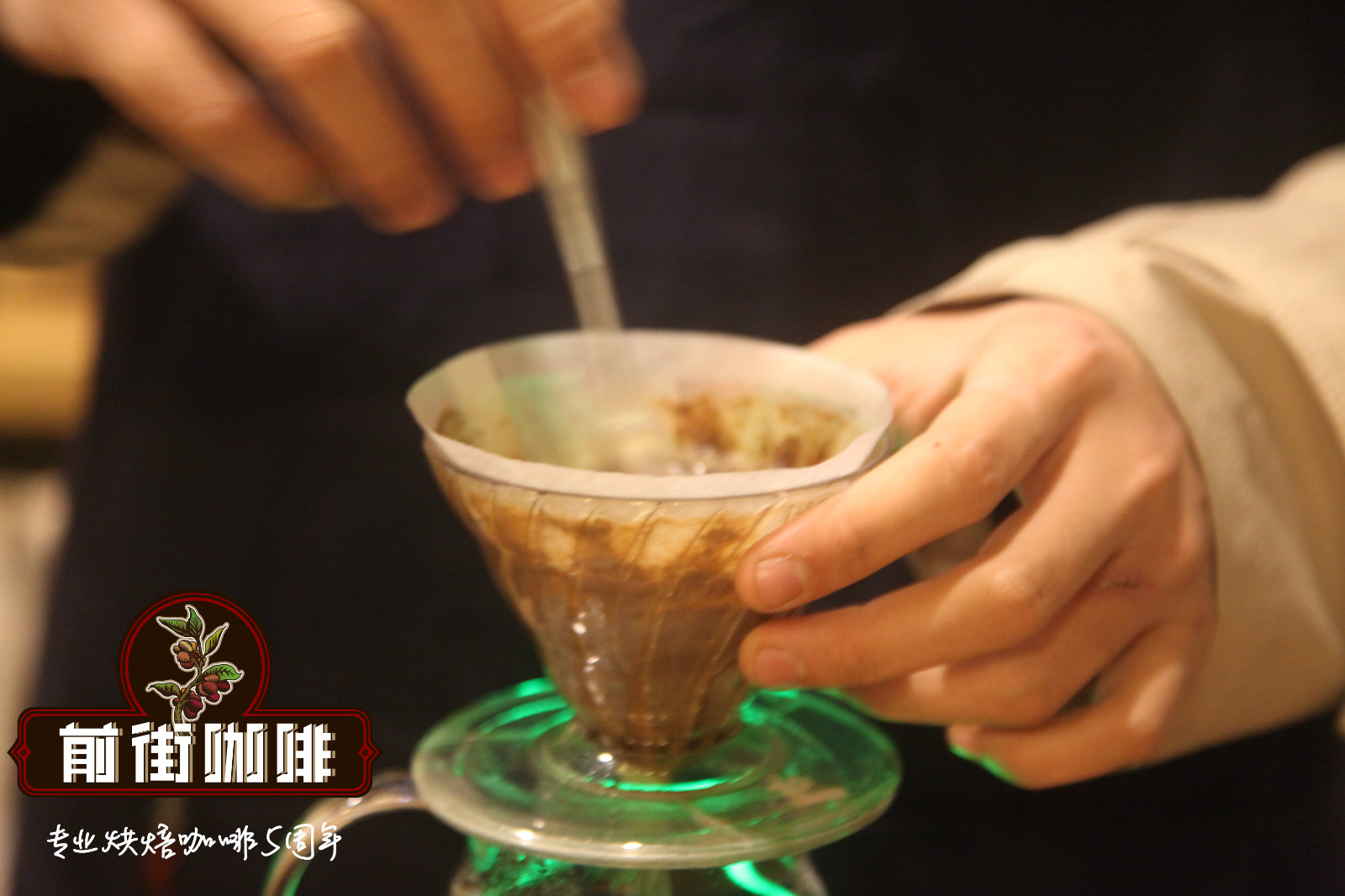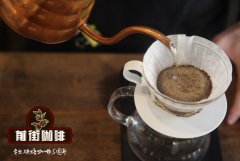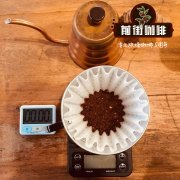Characteristics of Costa Rican Lomas al Rio washing treatment Plant Costa Rican Coffee treatment

Professional coffee knowledge exchange more coffee bean information please follow the coffee workshop (Wechat official account cafe_style)
Costa Rican coffee is of the most stable quality in Central American coffee, mainly because it grows in the natural environment of complete tree shade and cool rainy night with large temperature difference in the morning and evening. Coupled with the rich soil and stable progress in the middle and rear treatment, Costa Rican coffee has a bad reputation, which has long been an indicator of Central American coffee. The more famous producing areas are the Tarazu Sanshui River and the Central Valley, etc., but inspired by the coffee cup test competition, many manors are becoming more and more refined. More and more small and beautiful previously unknown manors gradually increase their popularity so that the world can taste more levels, more kinds and more ways of handling Costa Rican coffee beans. Costa Rica's current treatment is also developing in many ways. In addition to the well-known traditional washing method and the most popular honey treatment (Miel Process), sun-dried beans are available even in this water-rich country, all to make up for the weakness of the taste.
Tarazhu is a very well-known coffee producing area in Costa Rica, which is called "the rocky land on the crater" in Indian language.
The elevation here is more than 1500 meters, and the volcanic ash soil, coupled with the cool climate, makes the coffee grow slowly, resulting in a rich and mellow coffee oil and balanced aroma.
The raw coffee beans after harvest are handed over to the Lomas al Rio washing plant (Lomas al Rio is the first organic certified washing plant in Costa Rica, run by Grice Mena)
Grice Mena is the most representative figure of the "microprocessor revolution" in Costa Rica, and is also the godmother of Costa Rican boutique coffee industry.
This [Notre Dame] has excellent cleanliness, with aromas of grapefruit, caramel and hazelnut.
Important Notice :
前街咖啡 FrontStreet Coffee has moved to new addredd:
FrontStreet Coffee Address: 315,Donghua East Road,GuangZhou
Tel:020 38364473
- Prev

What is the difference between the sunbathing Kadura from the Tarazu producing area and the western valley producing area?
Professional coffee knowledge exchange more coffee bean information Please follow the coffee workshop (Wechat official account cafe_style) suddenly discovered that we have two varieties are Kaddura, and the treatment is the sun beans [Costa Rica Angel Manor] and [Costa Rica Pillon processing Plant]. Since it's such a coincidence, let's compare the difference between these two beans.
- Next

Brazilian Santos coffee accounts for about 30% of the world's total production, which is neutral, slightly bitter and very weak in acidity.
Professional coffee knowledge exchange more coffee bean information please follow the coffee workshop (Wechat official account cafe_style) Brazil Santos Coffee comes from South America Brazil is the world's number one coffee producer, accounting for about 30% of the world's total production. Almost all varieties of Santos coffee are produced in southeastern Brazil and are the best of Brazilian coffee. Raw bean granules range from medium to large, but not
Related
- Detailed explanation of Jadeite planting Land in Panamanian Jadeite Manor introduction to the grading system of Jadeite competitive bidding, Red bid, Green bid and Rose Summer
- Story of Coffee planting in Brenka region of Costa Rica Stonehenge Manor anaerobic heavy honey treatment of flavor mouth
- What's on the barrel of Blue Mountain Coffee beans?
- Can American coffee also pull flowers? How to use hot American style to pull out a good-looking pattern?
- Can you make a cold extract with coffee beans? What is the right proportion for cold-extracted coffee formula?
- Indonesian PWN Gold Mandrine Coffee Origin Features Flavor How to Chong? Mandolin coffee is American.
- A brief introduction to the flavor characteristics of Brazilian yellow bourbon coffee beans
- What is the effect of different water quality on the flavor of cold-extracted coffee? What kind of water is best for brewing coffee?
- Why do you think of Rose Summer whenever you mention Panamanian coffee?
- Introduction to the characteristics of authentic blue mountain coffee bean producing areas? What is the CIB Coffee Authority in Jamaica?

